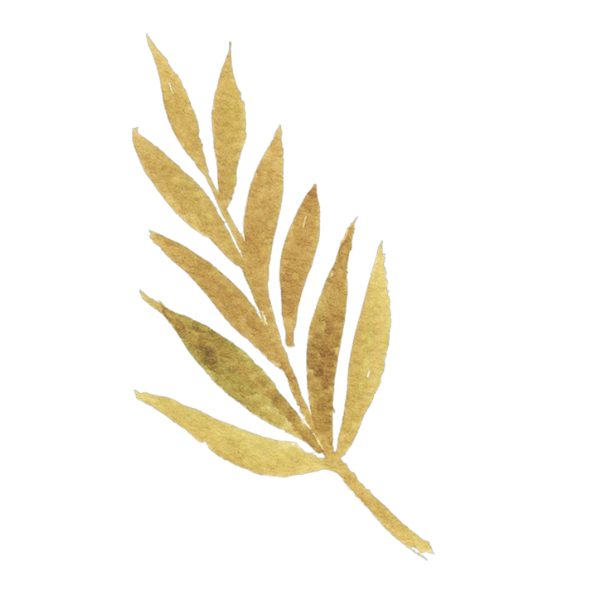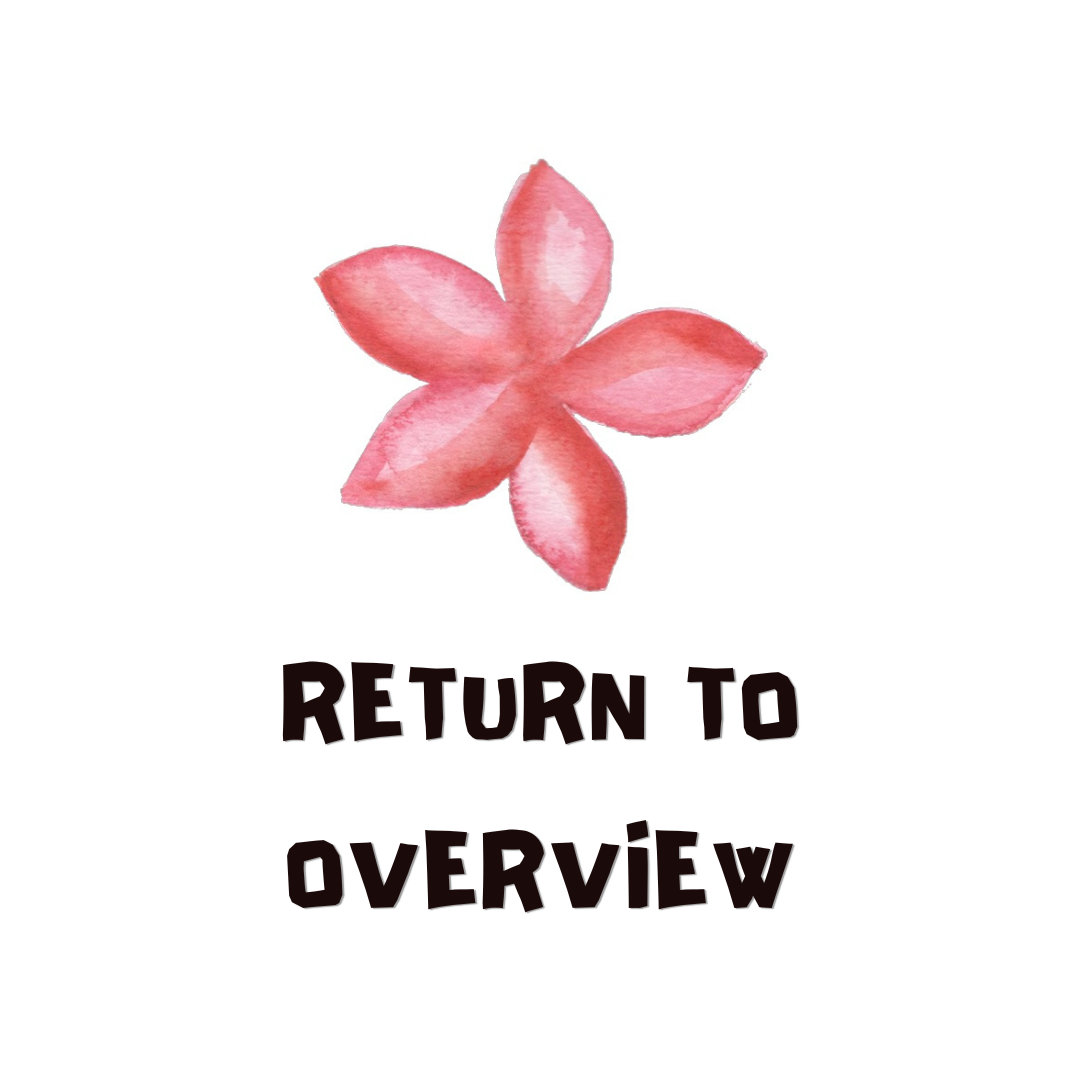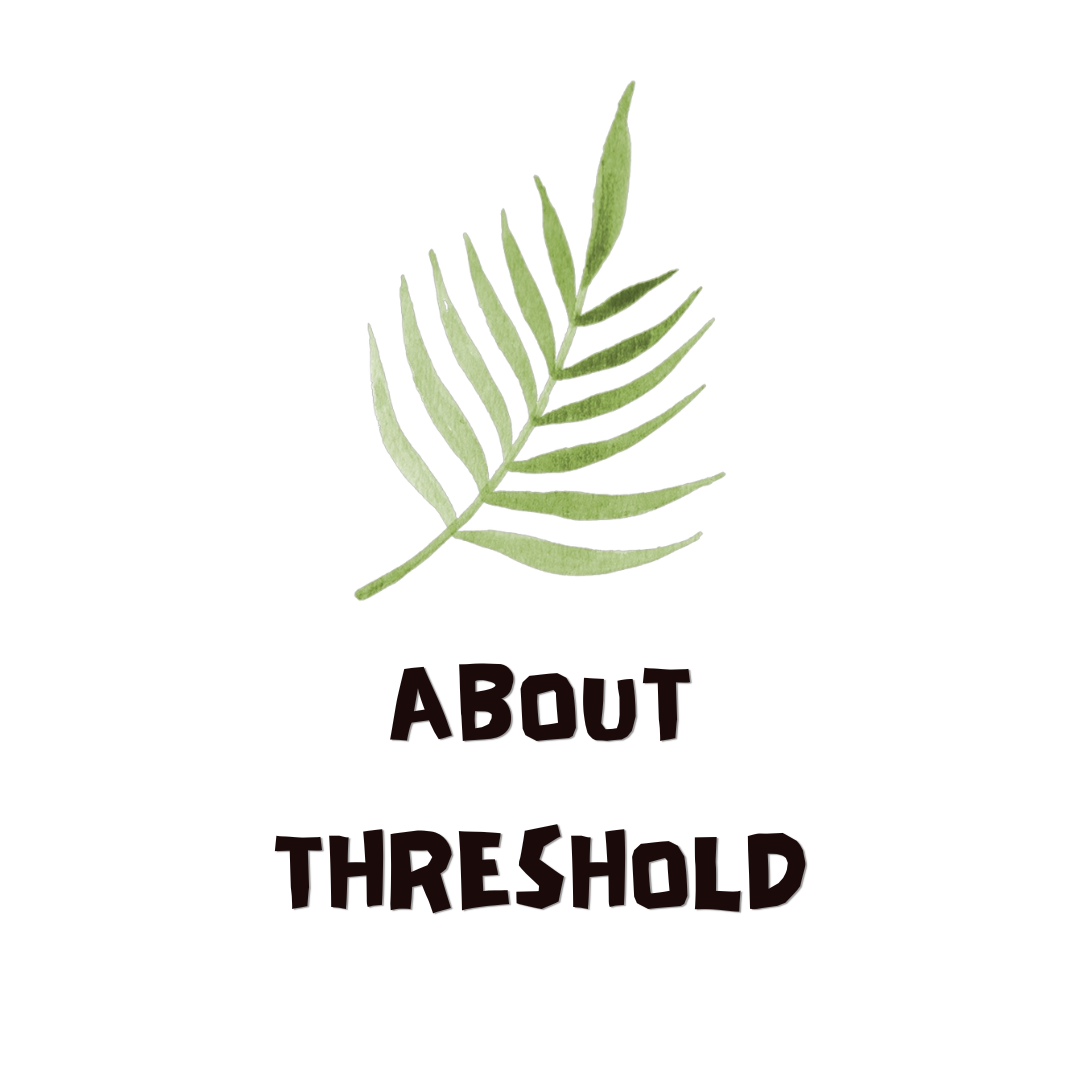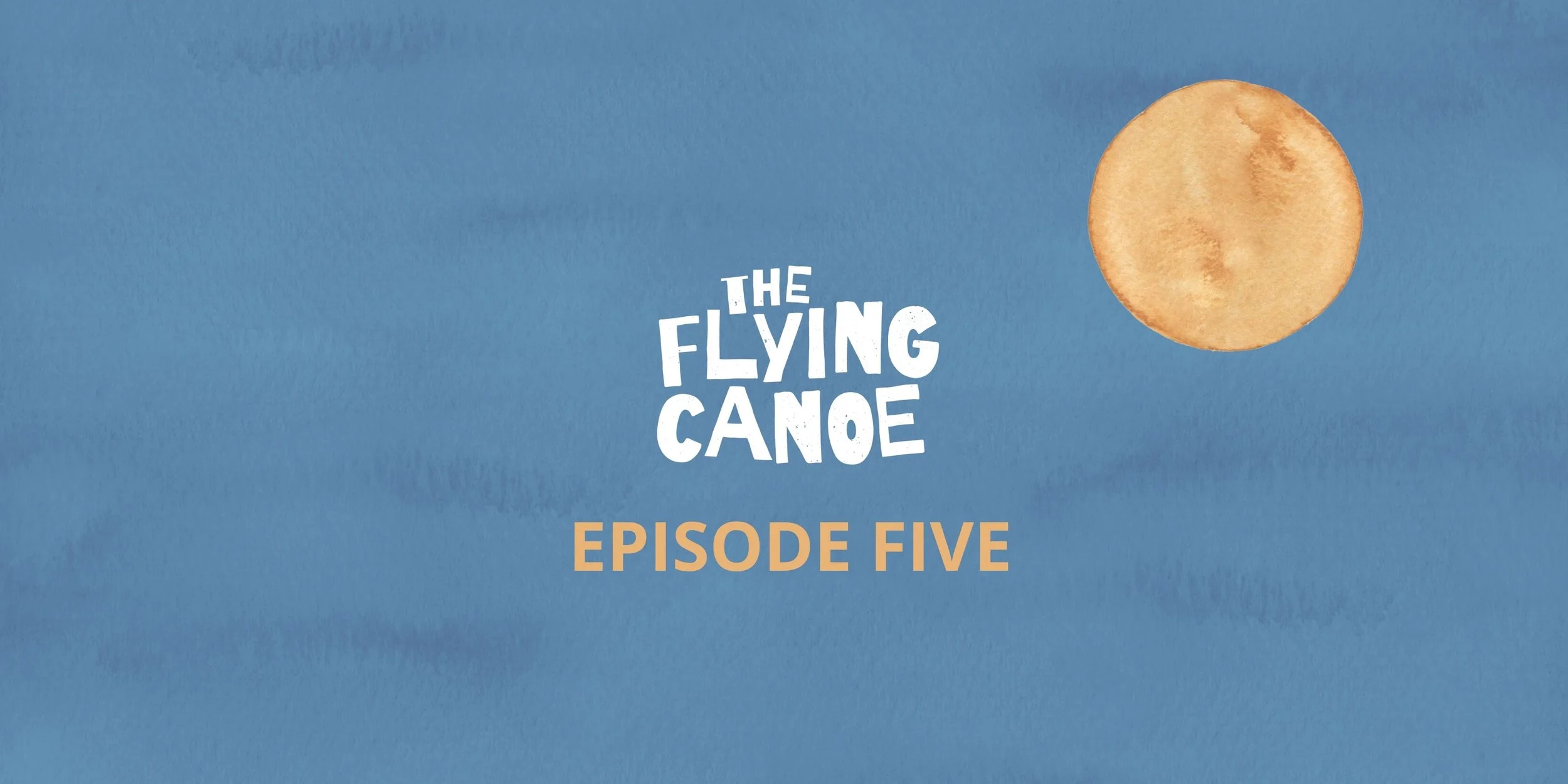
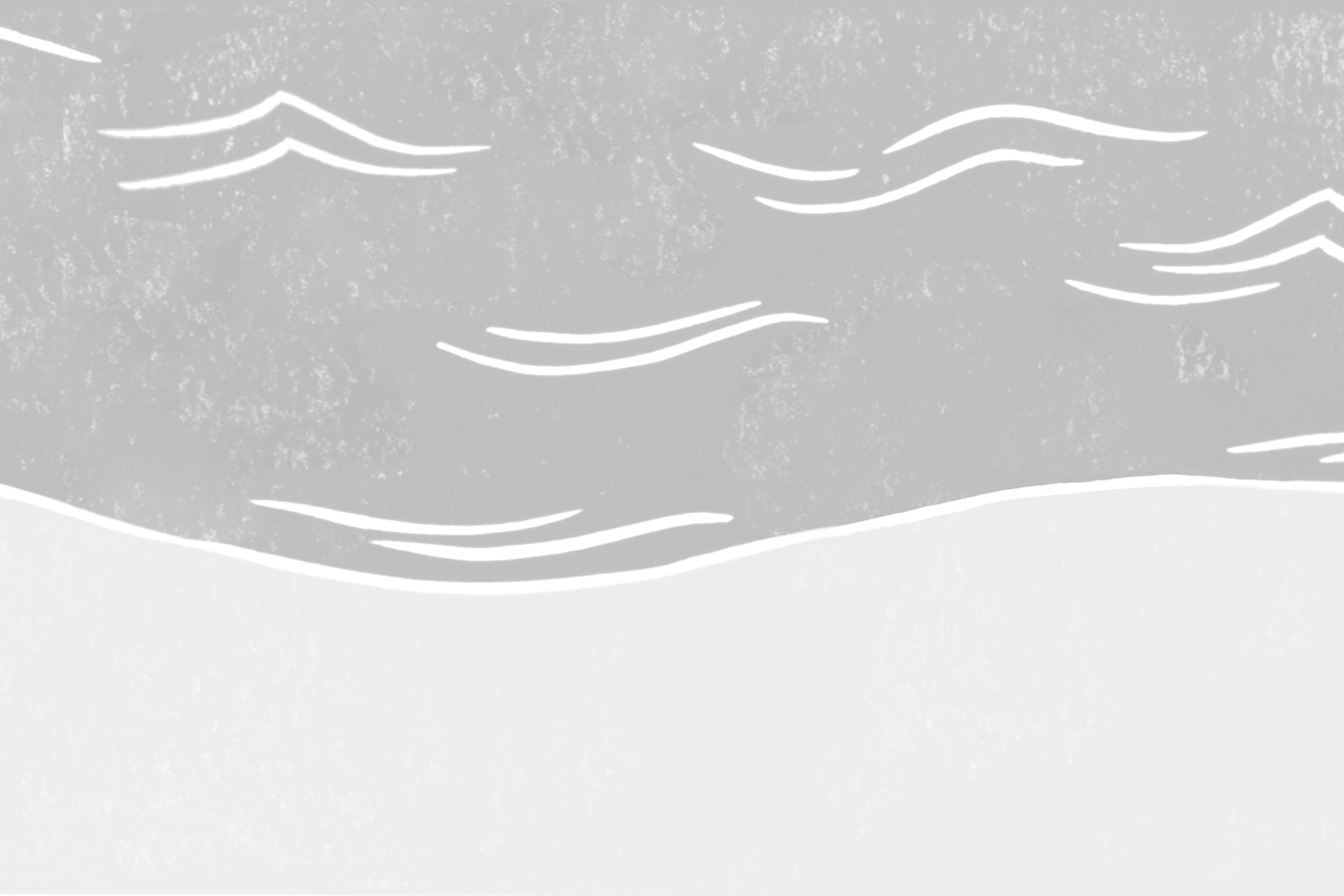
WELCOME BACK ADVENTURERS!
WE’RE SO GLAD YOU’RE ALL HERE. LET’S FIND OUT IF KINOIA WILL BECOME A MAGIC SPINNER!

-
Theme: All together now
As you have been venturing with Nei Kinoia, you have been flying on a magical canoe. But do you know what you use to paddle a canoe? You might remember seeing one of the young people using one in the video of the canoe. Yep, it’s an oar!
Has anyone used an oar to paddle a canoe or kayak or boat? What does it look like?
Just like dancing, singing and living in Kiribati is a community experience, so is paddling a canoe. Try paddling a canoe together as a class!
Sit together in a circle as a class and imagine you are sitting in one big canoe
Choose one person to start miming using an oar to row the lagoon through the water. As they row, using clear and strong movements and a clear voice, they can repeat ‘Row, buena, row!’. Buena means ‘row’ in iKiribati.
The person next to that person starts rowing and chants in time with the first person.
Then the next person joins in and so on until everyone in the circle is chanting and rowing the canoe together. Enjoy rowing the canoe together!
For a challenge, to stop rowing, you could reverse the process, having a person at a time stop chanting and rowing the canoe and sitting quietly, and then the next and so on, until the last person is left chanting and paddling who then eventually stops. Then you can all enjoy the stillness together of sitting gently in a canoe that is floating on the lagoon.
CURRICULUM LINKS:
The Arts / Drama
AC9ADRFD01 Use play, imagination, arts knowledge, processes and/or skills to discover possibilities and develop ideas

-
Themes: Kiribati singing is the best sound in the world; All together now
Can anyone remember how Nei Kinoia described Kiribati singing in Episode 2? She described it as “The happiest sound in the world”.
Song and music are important to Kiribati people. They use songs to pass stories down through generations.
There are some new songs created in Kiribati culture, but there are songs that have been around for a really long time. This means that iKiribati people’s grandparents, grandparents, grandparents knew exactly the same song.
Singing and creating music is done together, like in the video below.
WATCH THE VIDEO BELOW and observe how everyone sings together and the movements the singers do as the dancers dance – even the audience joins in!
Notice how you feel when you hear everyone singing together. As a class, brainstorm songs from your own culture, that are passed down through generations to tell stories. Identify if these songs are sung in special buildings or locations. Western culture examples include:
Nursery rhymes such as ‘Mary Had a Little Lamb’, bush ballads like ‘Once a Jolly Swagman’ or the Australian national anthem
If possible, play or sing a selection of the songs you have identified, explaining:
what stories the songs tell.
why the songs are important to your culture.
who taught you the song
where the song is sung and why this place is important to your culture.
CURRICULUM LINKS:
HASS
AC9HSFK02 The celebrations and commemorations of significant events shared with their families and others
Health and Physical Education
AC9HPF01 Investigate who they are and the people in their world
AC9HPFP03 Express and describe emotions they experience
The Arts / Music
AC9AMU2E02 Explore where, why and how people across cultures, communities and/or other contexts experience music
Te mwaneaba is one of the most important buildings in Kiribati. It translates to be mean the ‘community house’.
Te mwaneaba is where the community leaders meet to make decisions for everyone. Significant events, celebrations and formal occasions are all held at te mwaneaba. Everyone in the community has a place that is reserved for their family and there are even places reserved for visitors. The biggest structure in the village, te mwaneaba plays an important cultural and spiritual role for the whole community.
You can learn more about te mwaneaba in the interview with Rikitiana Katimango below.

IT’S TIME TO JUMP INTO YOUR CANOES!
EPISODE CHECKLIST:
Set up your canoe
Check everyone is in their place in the canoe
Check your navigation points (North, South, Ocean side, Lagoon side)
Make sure you have Kinoia carefully concealed
Make sure you have your gifts for the Spirit
EPISODE FIVE
-
In their ‘The Flying Canoe’ adventure journal, students draw and/or write an immediate response to the episode.
Share responses with teacher, elbow buddy, table group, and class.
CURRICULUM LINKS:
English:
AC9EFLE02 Respond to stories and share feelings and thoughts about their events and characters
Elaborations: using drawing and beginning forms of writing to express personal response to stories, poems or films
Health and Physical Education
AC9HPFP03 Express and describe emotions they experience
The Arts / Drama:
AC9ADRFE01 Explore how and why the arts are important for people and communities
-
Themes: Kiribati singing is the best sound in the world; All together now
Do you remember the song the Spirit of the North sang about the moon in this episode?
Use the link to the video to sing the “Moon Song” together
You could sing the song in rounds and/or add simple movement to the song. Like you’ve observed in the videos so far, people in Kiribati often sing and dance together.
You might like to sing the song in assembly or to visitors to the class.
<CLICK HERE> to download the lyrics to the Moon Song.
CURRICULUM LINKS:
The Arts / Dance
AC9ADAFE01 Explore how and why the arts are important for people and communities
AC9ADAFD01 Use play, imagination, arts knowledge, processes and/or skills to discover possibilities and develop ideas
AC9ADAFC01 Create arts works that communicate ideas
AC9DAFP01 Share their arts works with audiences
The Arts / Music
AC9AMUFE01 Explore where, why and how people across cultures, communities and/or other contexts experience
AC9ADMUFD01 Use play, imagination, arts knowledge, processes and/or skills to discover possibilities and develop ideas
AC9AMUFC01 Create arts works that communicate ideas
AC9MUFP01 Share their arts works with audiences


WHY IS STORYTELLING IMPORTANT TO KIRIBATI CULTURE?
-
Themes: All together now
While Marita was in Kiribati, she spoke with a man called Maio Buratio who was from the Curriculum Development Resource Centre.
Maio knew of another story about a Flying Canoe - an old story that originated from the northern atolls of Kiribati.
With permission and guidance from the story holders, Maio shared this story of The Flying Canoe.
The Flying Canoe in Kiribati translates to 'te wa ni kiba' - which is what Kiribati people call 'the airplane'!
In Kiribati it is important to share stories but it is just as important to respect where the story originated. Stories must be shared correctly and with purpose. This is how Kiribati culture has been carefully looked after and stayed so strong for over 1000 years.
<CLICK HERE > to watch the video of Maio Buratio telling a different version of The Flying Canoe.
Discuss as a class:
Which story you preferred and why?
What were the similarities and differences in the story?
Explore and share stories from your own and other cultures, including First Nations Australia:
Explore why these stories are culturally important and how to respectfully tell these stories
Choose a story to bring to life through Drama.
Identify up to five key parts of the story.
As a class create a freeze frame or postcard to dramatically convey each of the identified parts of the story.
Consider your use of the Elements of Drama, movement, space, role and relationship as you create your freeze frames.
Share your story with a neighbouring class, including the cultural significance of the story
CURRICULUM LINKS:
English
AC9EFLE01 Share ideas about stories, poems and images in literature, reflecting on experiences that are similar or different to their own by engaging with texts by First Nations Australian, and wide-ranging Australian and world authors and illustrators.
Arts / Drama
AC9ADRFE01 Explore how and why the arts are important for people and communities
AC9ADRFD01 Use play, imagination, arts knowledge, processes and/or skills to discover possibilities and develop ideas
AC9ADRFC01 Create arts works that communicate idea
AC9ADRFP01 Share their arts works with audiences

We’ve said goodbye to Kiribati and everyone we met on our adventure.
We were so glad you were here on this wonderful journey voyagers.
Tia Bo = Goodbye
Tia Bo
Tia Bo




